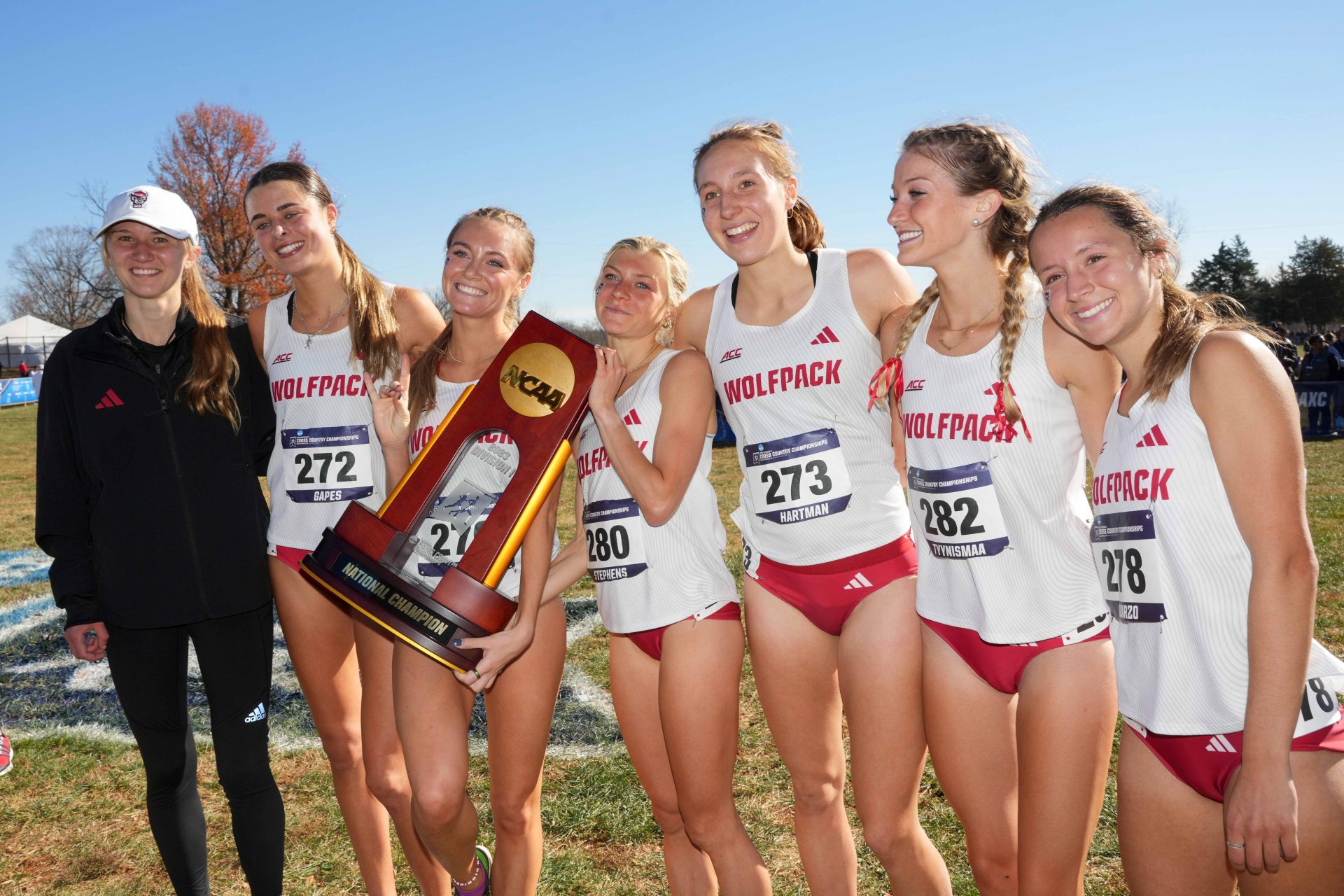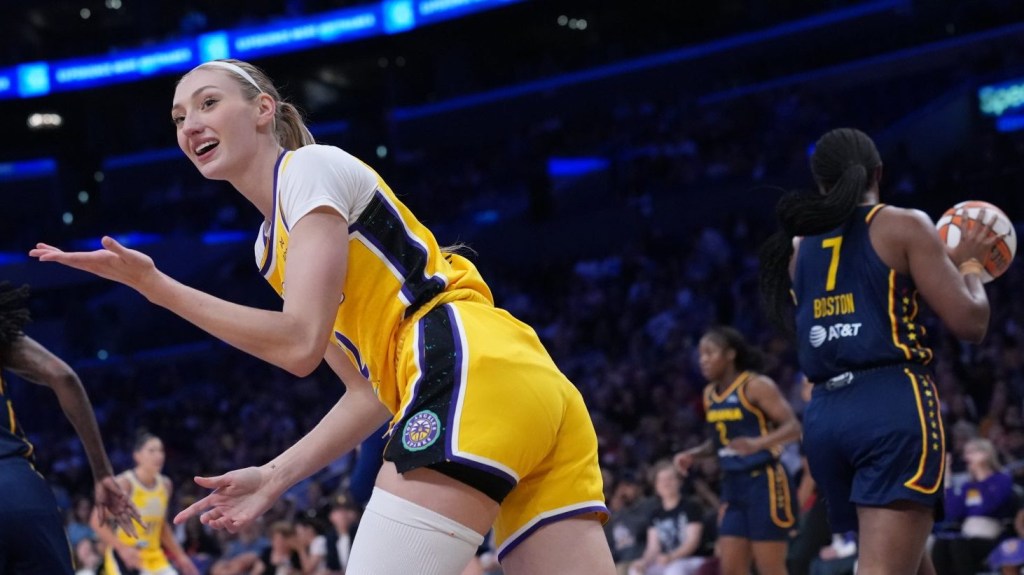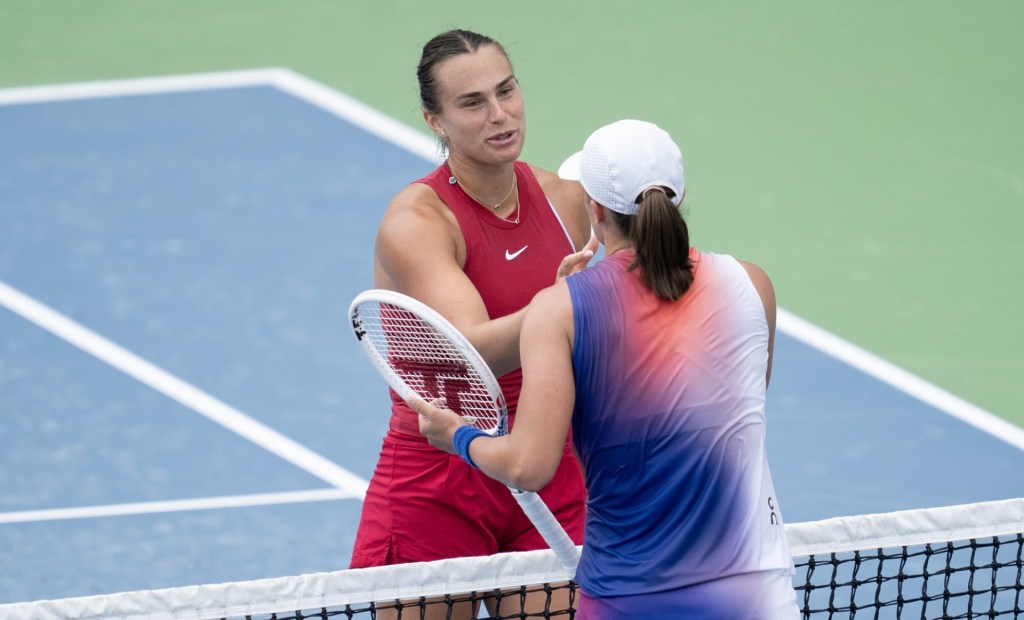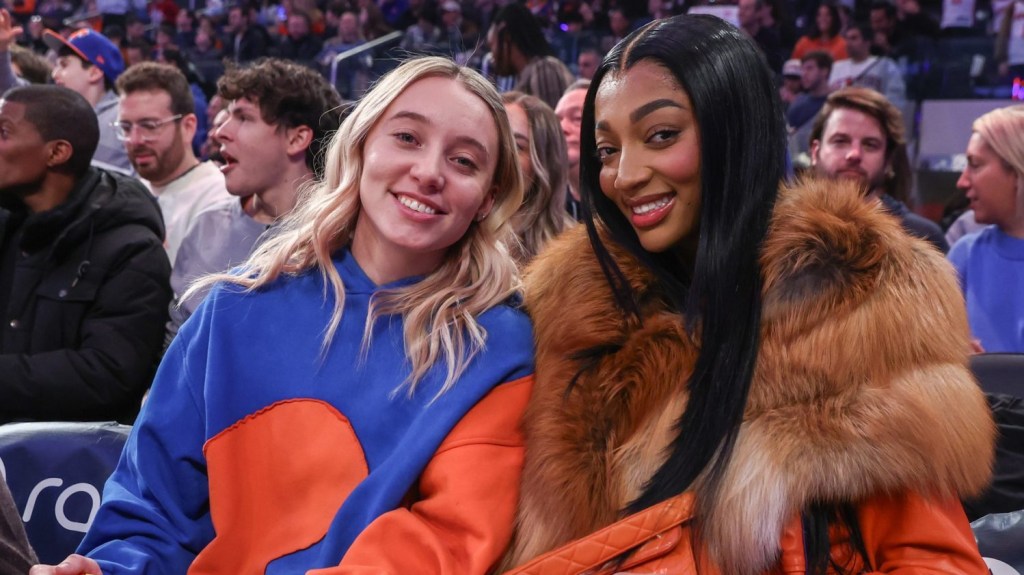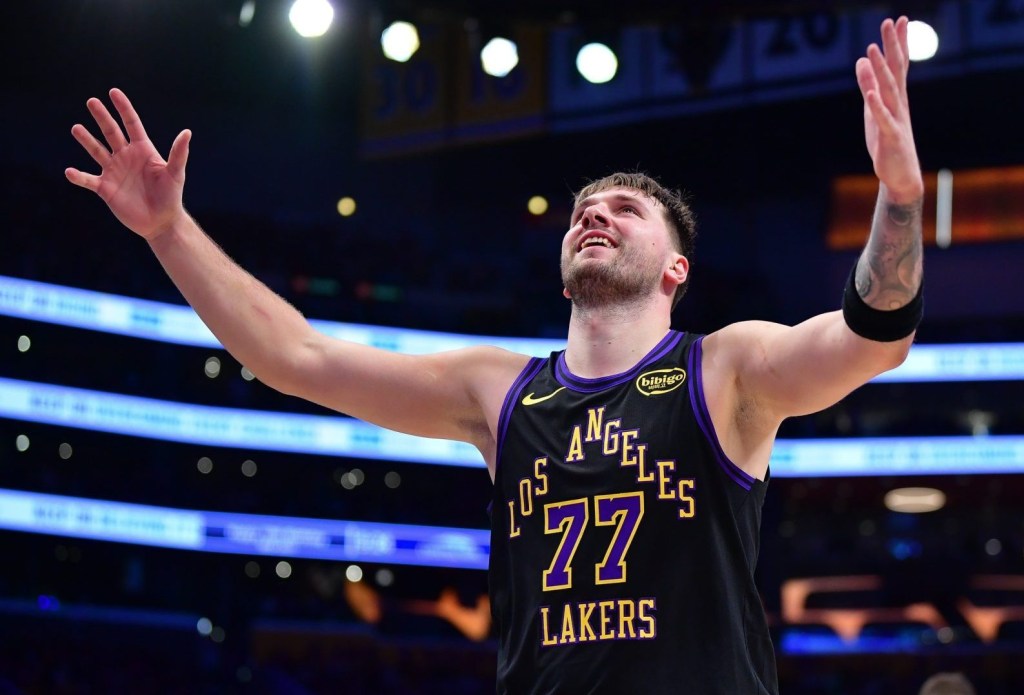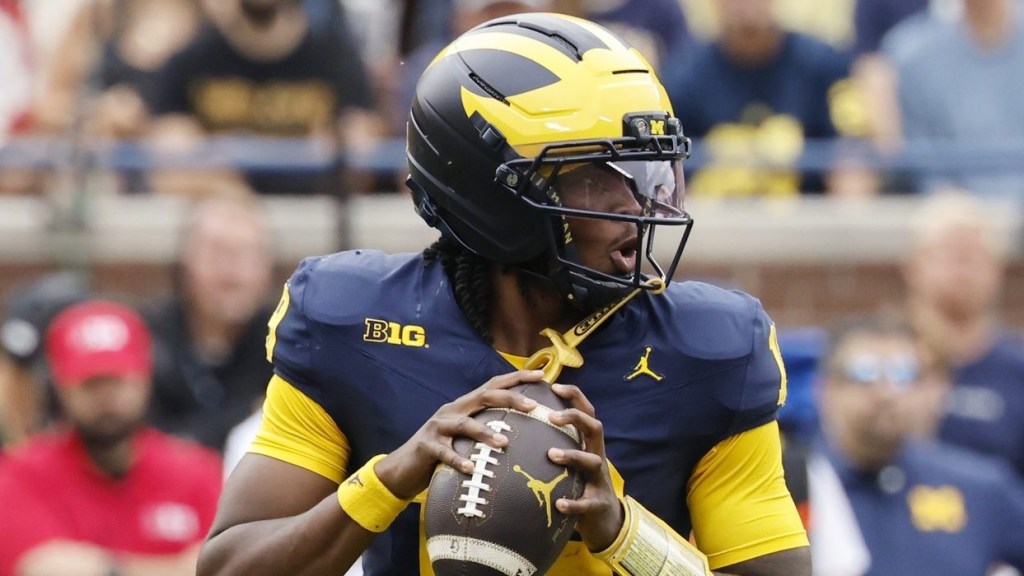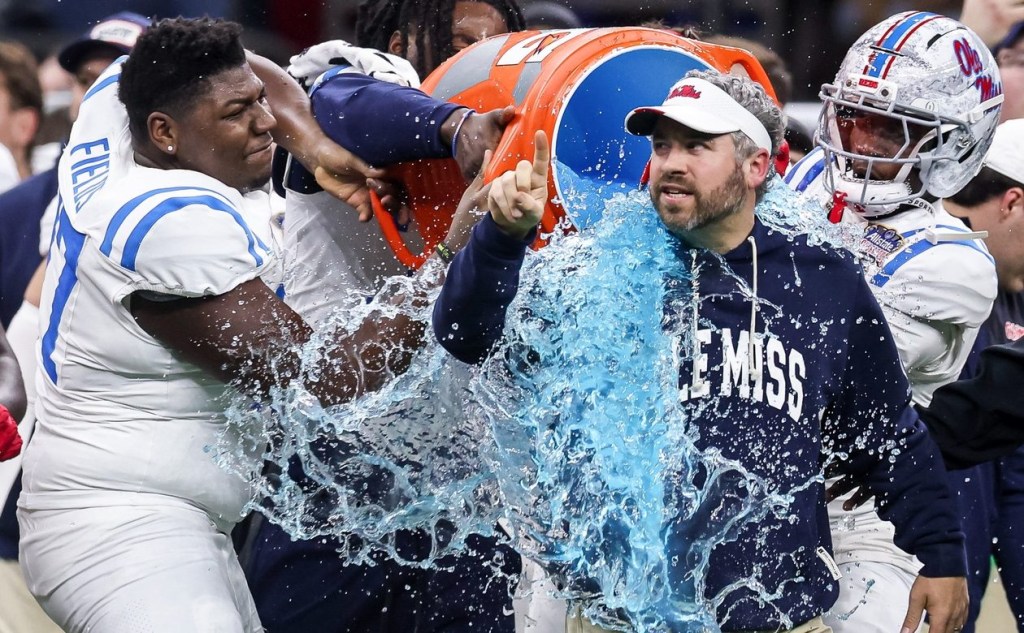On Wednesday, Northern District of California Judge Claudia Wilken threatened to reject the landmark House v. NCAA settlement after months of deliberation and a lengthy objection process over the issue of roster limits. She said that the parties have 14 days to figure out how to ensure athletes don’t lose roster spots as a result of the settlement—or else.
The settlement would allow each Division I school to pay players an aggregate of up to $20.5 million this year for the first time in NCAA history. But it imposed other restrictions that Wilken ultimately saw as too cumbersome.
“Objectors have shown that the immediate implementation of the roster limits provisions of the settlement agreement has resulted or will result in harm to a significant number of members of the Injunctive Relief Settlement Class,” she wrote, referencing how players would lose their opportunity to play for D-I teams if roster limits were imposed.
The settlement proposal consolidated three federal antitrust cases—House v. NCAA, Carter v. NCAA, and Hubbard v. NCAA. House v. NCAA was filed in 2020 against the NCAA and former Power 5 conferences, arguing that players deserved damages for being prohibited from earning NIL (name, image, and likeness) payments before the NCAA changed its rules in 2021. It also argued that the definition of NIL should be expanded to include things like broadcast television rights fees.
The settlement would offer $2.8 billion in damages, as well as allow all D-I schools to offer up to $20.5 million to all the current players in its athletic department (a number that increases incrementally over a period of 10 years, during the lifetime of the settlement).
While it lists all limits on scholarships, it imposes new roster limits in many sports—a controversial aspect of the settlement to which dozens of players objected. The parties declined to amend the settlement to grandfather in current athletes or prospective athletes who have already received offers to join teams.
During a final approval hearing, several current athletes testified to the issue, appealing to Wilken to force the parties to ameliorate the roster issue. Wilken said she was in favor of grandfathering, and after the parties rejected it, dozens of other athletes and parents filed more objections, saying their schools were already cutting them from their teams.
And yet, the NCAA and power conferences declined to do so, citing the impracticality of having teams without roster limits. They also noted that players’ roster spots had already been rescinded.
That excuse did not move Wilken. “Any disruption that may occur is a problem of Defendants’ and NCAA member schools’ own making,” Wilken wrote. As to schools implementing the terms of the settlement before it was fully approved, she wrote: “The fact that the court granted preliminary approval of the settlement agreement should not have been interpreted as an indication that it was certain that the court would grant final approval.”
But the testimony and persistence of athletes and their parents nationwide who have protested roster limits appears to have worked. In her order, Wilken explained exactly what she would need to see for the House settlement to be approved: “To modify the settlement agreement to ensure that no members of the Injunctive Relief Settlement Class who have or had a roster spot will lose it as a result of the immediate implementation of the settlement agreement.”
“Limits could be accomplished gradually by attrition,” she added, suggesting that roster limits could be phased in over the next few years so now athletes who have already received offers have them rescinded.
Now, the parties will have 14 days to try to salvage the settlement, which certainly seems possible, given that Wilken wrote she approved of all other aspects of the proposal. In a statement, plaintiff attorney Steve Berman implied that the hangup on roster limits was on the NCAA and power conference side. “We will work hard to convince the NCAA and the conferences to address the court’s concerns,” he said, adding, “If we are unable to do so, then we are off to trial and we will return to fighting the NCAA in court with next steps.”
In a joint statement, the NCAA and power conferences said they were “closely reviewing” the order, and that they still hope to secure approval of the settlement.
